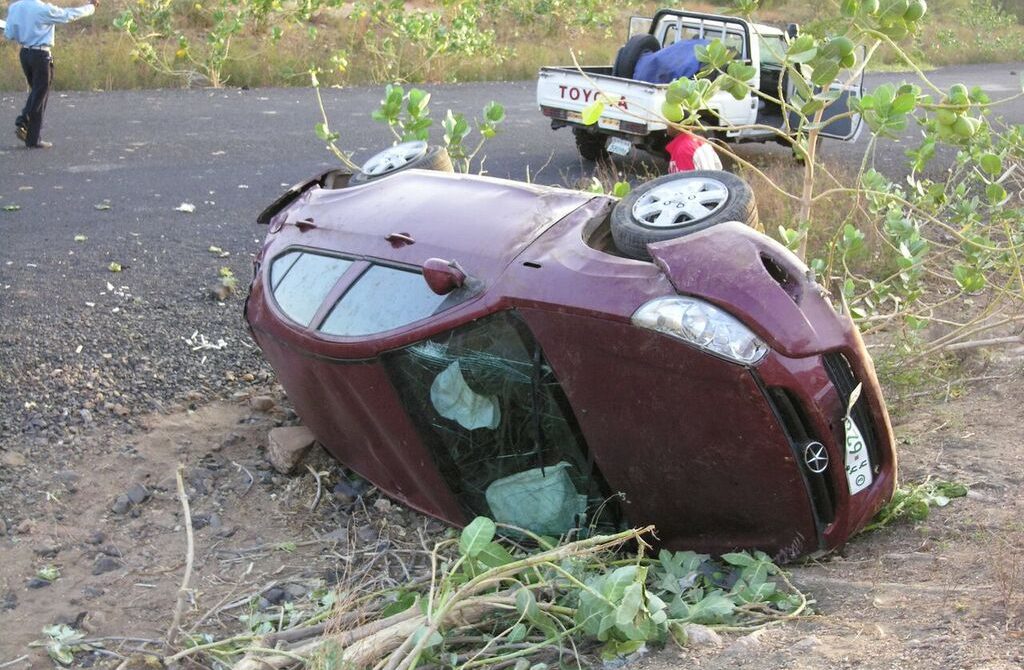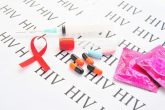
Did you know that the most common cause of trauma in Sub-Saharan Africa (SSA) is road traffic accidents (RTA)? Driving under the influence of alcohol is a major reason that drivers get involved in road traffic accidents. Other contributing factors to road traffic accidents (RTA) include poor roads, negligent driving and poorly maintained vehicles. If you missed that post here’s a link to it (click here).
Most of Sub-Saharan Africa (SSA) lacks functional health care systems and coordinated trauma response. It is said that SSA is the most dangerous place in the world to fall ill or sustain major trauma. As a region, SSA has the highest road traffic accident fatalities in the world. A large portion of these deaths can be attributed to the fact that most accident victims do not receive proper medical attention and first aid on time.
In the usual local scenario, when a RTA occurs in which injuries have been sustained, people first gather round, a loud discussion ensues regarding what to do, bystanders attempt to extricate the victim from the vehicle, without regard for possible spinal injuries, and then a good Samaritan or kind taxi driver takes the victim(s) to the nearest hospital. Valuable and possibly life-saving time is lost in the process. Importantly also, the victim’s injuries may be worsened by the “help” received at the scene.
Would you know what to do to help an injured person involved in a motor vehicle accident?
Providing first aid in a road traffic accident or other medical emergency:
It is important that in a case of road traffic accident or when involved in one, that we can provide some form of first aid to those injured. These simple steps could save someone’s life:
- Check yourself first: If you have been injured in the accident, first check yourself for any injuries. Try to assess how well you can move your limbs, and if you experience symptoms such as dizziness etc. Remember you need to be fit enough to help the others.
- Check the other person(s) for injuries: If other people are injured, first assess the extent of their injuries.
- Is he bleeding from the head, neck, arms legs, abdomen back etc?
- Treat the quietest person first, they are usually more seriously injured or cannot breathe.
- People who can talk or scream, on the other hand, can breathe and therefore can be treated a little later.
- Ask for the patient’s name, if he responds, it means he is able to understand the situation and has most likely not suffered a severe head injury.
- Look for signs of breathing and check if he has a pulse.
- Call for help: Immediately call for an ambulance or for help from other bystanders.
- Check for obstructions in the person’s mouth and throat: If you do not hear any breath sounds, check his/her mouth for any obstructions. If there is something obstructing the airway, use your index and middle finger to clear the airway.
- Perform life saving techniques: If there is no pulse, or the person is not breathing begin ‘Hands Only’ CPR (Cardio pulmonary resuscitation). Click on the link to watch a simple demonstration of ‘Hands Only’ CPR.
https://www.youtube.com/watch?v=-Yqk5cHXsko&feature=youtu.be
- If the patient is bleeding from the mouth or the patient is vomiting, turn the person to his/her side. This will avoid any chances of the person choking.
- Deal with open wounds: If there are extensive wounds, try to control the bleeding using pressure to the area using a cloth. Press down with your palms rather than your fingertips.
- Always suspect spinal injuries: If the person’s neck is in an awkward position (not normally placed) or he is unconscious, do not move him. Get help immediately. This could mean that the person’s neck is broken, and moving him/her in such a situation can cause more harm than good. If he must be moved, use a ‘log roll’ technique and place him flat on a stiff board to reduce the amount of movement.
- Accident victims feel excessively cold due to shock. Therefore keeping them warm is essential to survival. Use whatever you have to do this, such as a T-shirt, jacket, etc.
- Do not give the person any water, food or other fluids by mouth; He could choke.
Heart Attack or Stroke
Begin ‘Hands Only’ CPR if the person is unconscious. performing only chest compressions (about 100 per minute). Continue until help arrives and you can get the person to the hospital.
If an automated external defibrillator (AED) is available and the person is unconscious, begin CPR while the device is retrieved and set up. Attach the device and follow instructions that will be provided by the AED after it has evaluated the person’s condition.
Convulsions (also known as Seizures)
A woman sitting next to you on the bus starts convulsing and falls to the floor. Would you know what to do?
- Try to prevent the person from falling, or try to gently guide her to the floor.
- Put something soft and flat, like a folded jacket, under her head.
- Gently position the person on their side so that fluid can leak out of the mouth if he/she is on the ground, but be careful not to apply too much pressure to the body.
- Don’t force anything, including your fingers, or a spoon into the person’s mouth. This could result in chipped teeth or a fractured jaw for the individual having the seizure, or your fingers could get bitten.
- Don’t try to hold down or move the person. This could cause injury, such as a dislocated shoulder.
- Remain with the person until the seizure subsides and she is fully awake.
- Don’t offer the person food or water until she’s fully alert.
- Get the person to the nearest hospital if:
- It lasts longer than five minutes without signs of slowing down or if a person has trouble breathing afterward, appears to be in pain or recovery is unusual in some way
- The person has another seizure soon after the first one
- The person cannot be awakened after the seizure activity has stopped
- The person was injured during the seizure
Take a safety course or educate yourself – you can not only avoid trauma but can also give life-saving help to someone in need. Most of all, remember that by keeping a clear head and staying calm you really can be the difference between life and death for someone who has been injured in a road accident or is experiencing a medical emergency.


